As always, the score is the window into the soul of the director, and, in this case, the director was Clint Eastwood, making his sophomore film as a filmmaker and his first Western as a director-star. “High Plains Drifter” can be read as a clear declaration of directorial intent. This was not like the Westerns of yesteryear (lore has it that Eastwood reached out to John Wayne after “High Plains Drifter” was released about collaborating, and Wayne informed him he would not work with the younger man because he was so appalled by the new Western and read it as an affront to his entire filmography). Nor is the film perfectly in line with other anti-Westerns of the day though the film shares the era’s frankness about matters of race and gender. Eastwood’s politics are notoriously complex: though a longtime Republican (now a registered Libertarian), his critiques of American society, especially along the lines of race and gender, have been pointed at times in a manner at odds with conservatism. But identity politics have never been the thematic engine of Eastwood’s work. What drives “High Plains Drifter” is key because it will become the auteurist throughline of Eastwood’s directorial body of work, which is now entering its sixth decade: An Old Testament preoccupation with sin, guilt, retribution, and (as he has aged) the possibility for atonement.
“High Plains Drifter” can be easily summarized in a way that makes it sound so generic as to be almost postmodern: a nameless stranger rides into town with a secret and ends up defending it against a trio of outlaws bent on revenge. The nameless, opportunistic, and anti-heroic Stranger, played by Eastwood, is clearly a riff on The Man With No Name, and the setup is reminiscent of Akira Kurosawa’s masterpiece “The Seven Samurai.” And yet, the script immediately goes to great pains to distance this story from those stories. The Stranger is just as competent with violence as The Man With No Name, but there’s an added level of viciousness we’ve never seen before. When The Stranger kills three men within minutes of riding into the lakeside town of Lago, there’s an element of subterfuge and excess to this, unlike in Eastwood’s earlier films. Sure, they were menacing him and “asking for it,” but when they get it, they get it in such a fashion that right away dispels any idea of classical heroism.
And then there’s the rape. Barely a minute after this triple homicide is committed in broad daylight, the town beauty antagonizes The Stranger. We expect the usual kind of hostile banter with a simmering sexual undercurrent that’s the life’s blood of Old Hollywood. But then the Stranger, after saying someone ought to teach her some manners, drags Callie Travers (played by Marianna Hill one year before she would be immortalized as Fredo’s similarly headstrong wife in “The Godfather, Part II”) into a nearby stable and rapes her. For many today, this will be your off-ramp. It is jarring to see the hero of your film commit an unambiguous act of sexual violence before the conclusion of the story’s exposition. But, again, Eastwood is letting you know upfront who this character is.
You can view the original article HERE.

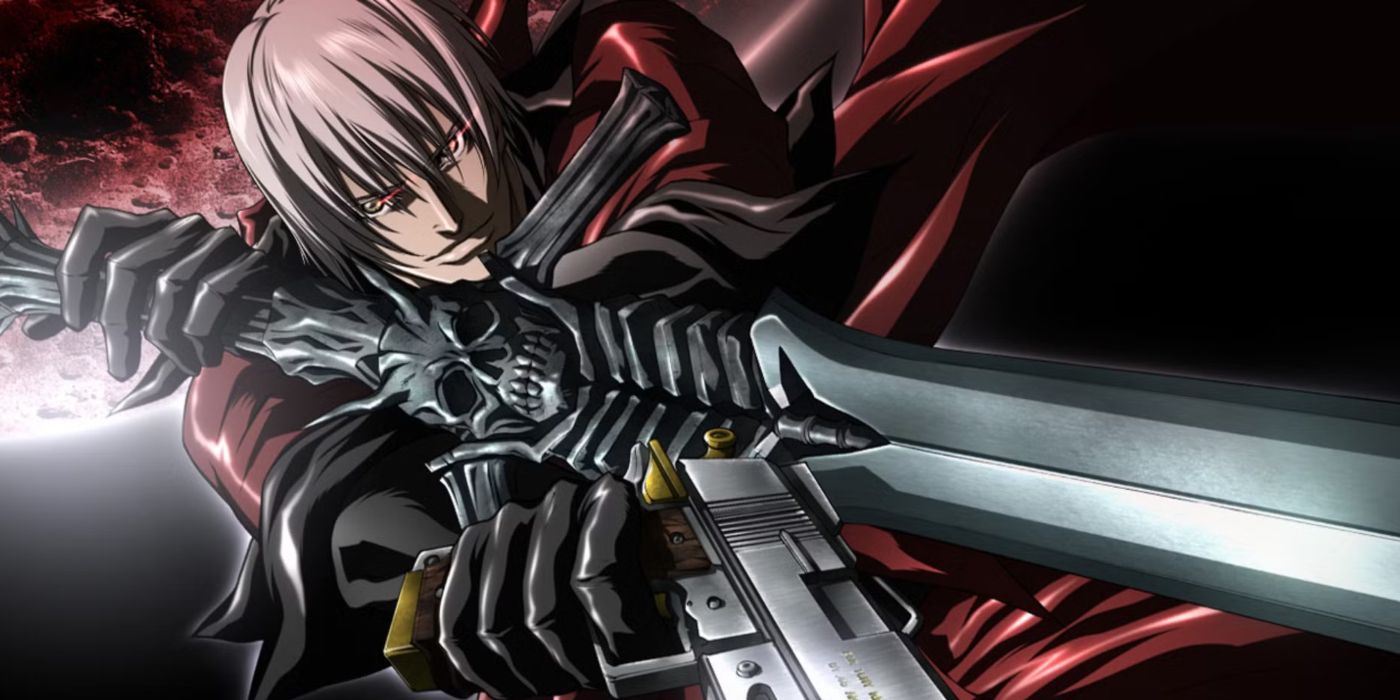



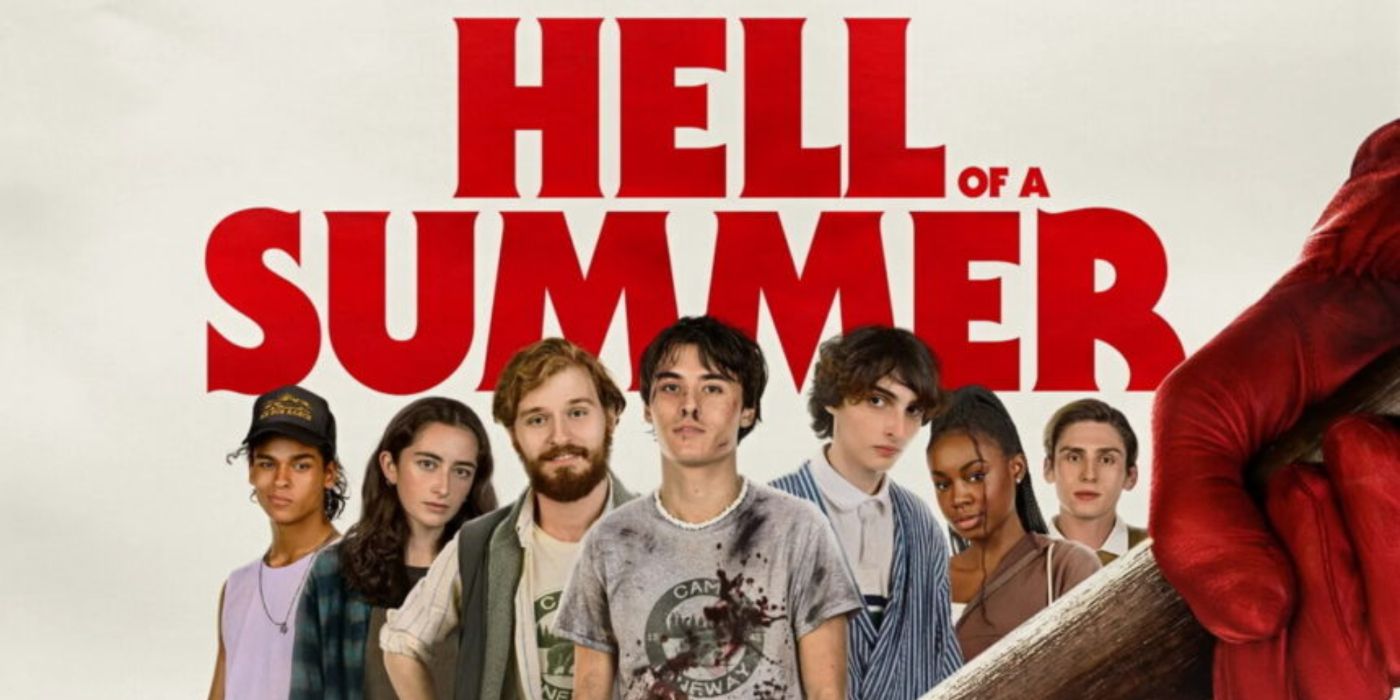
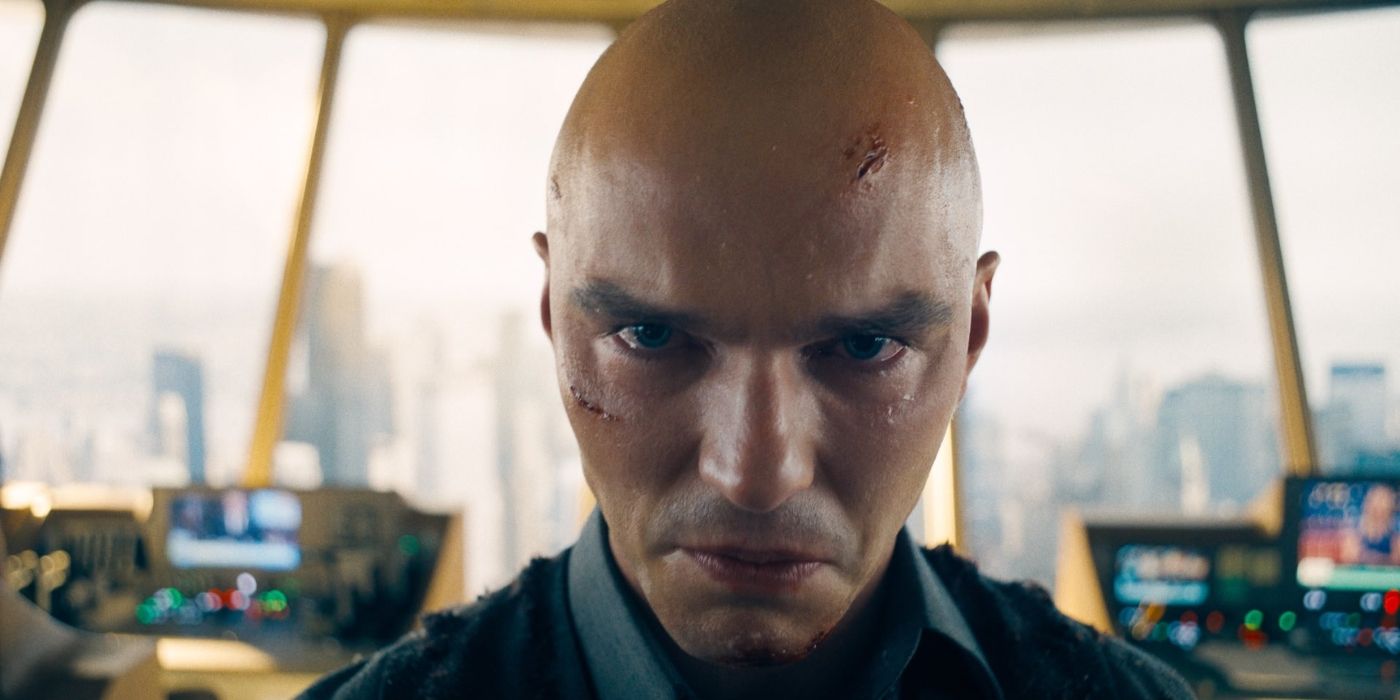


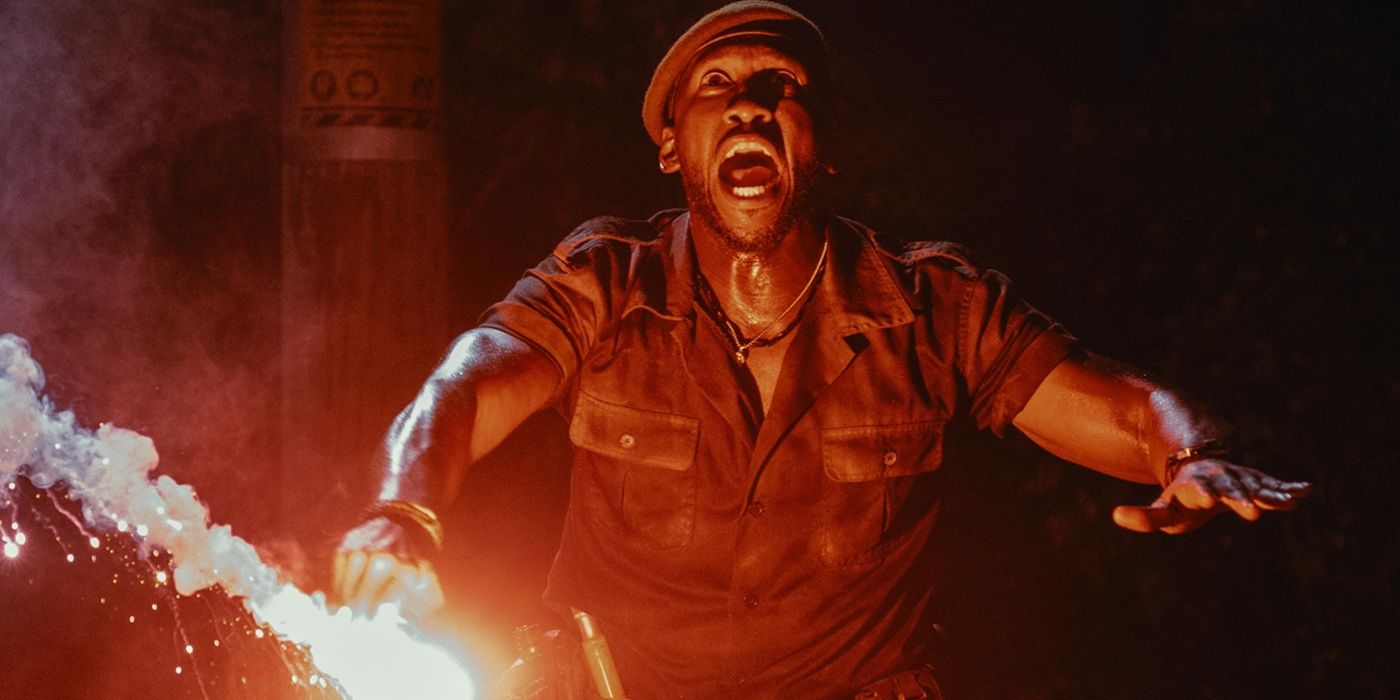

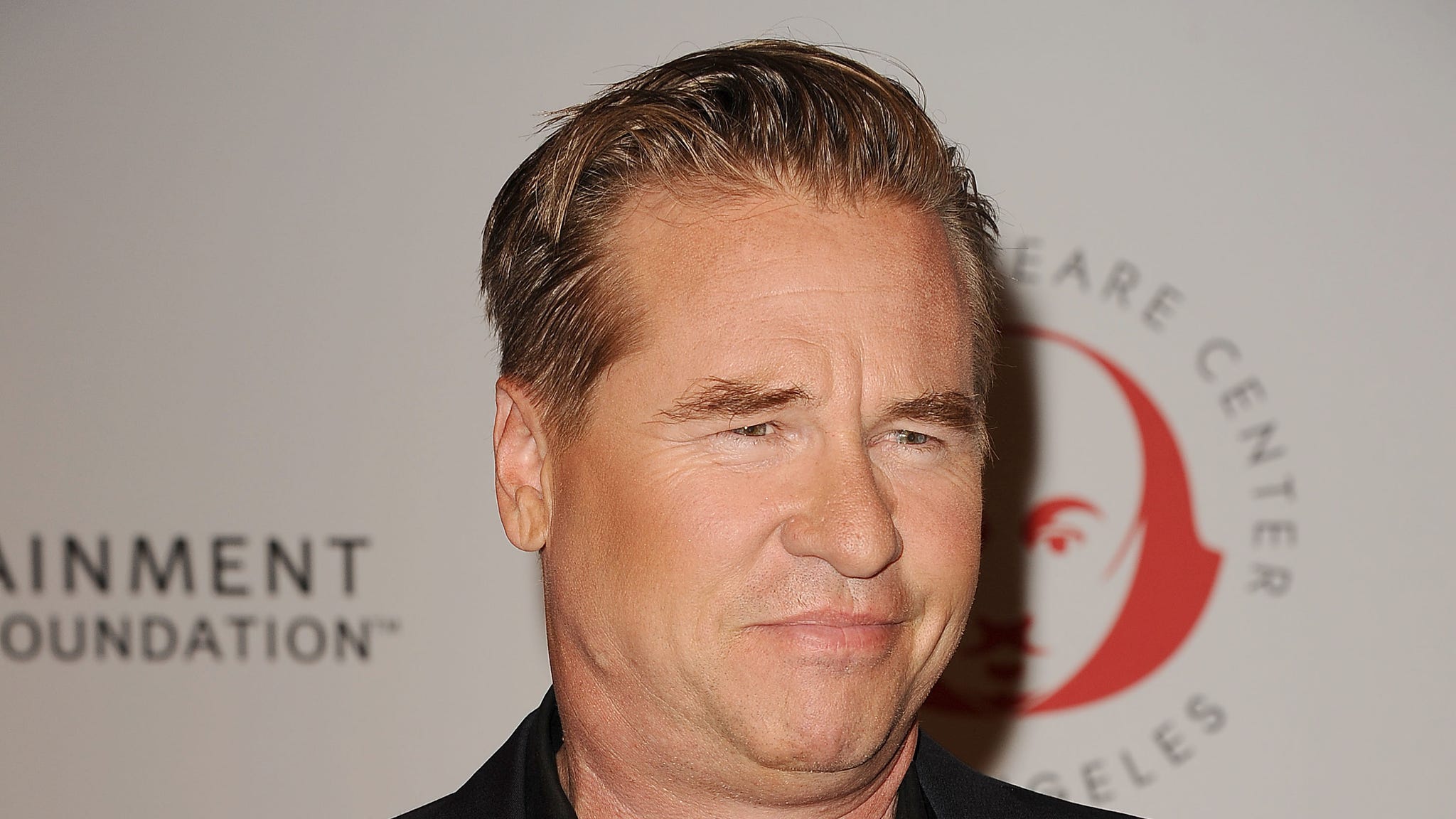

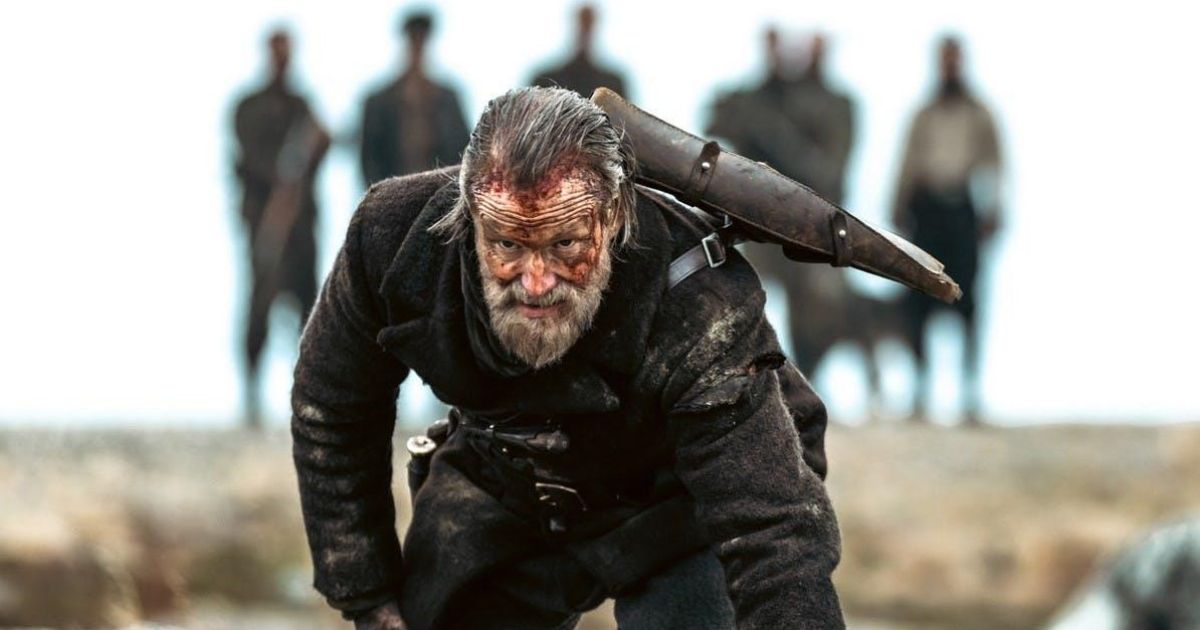

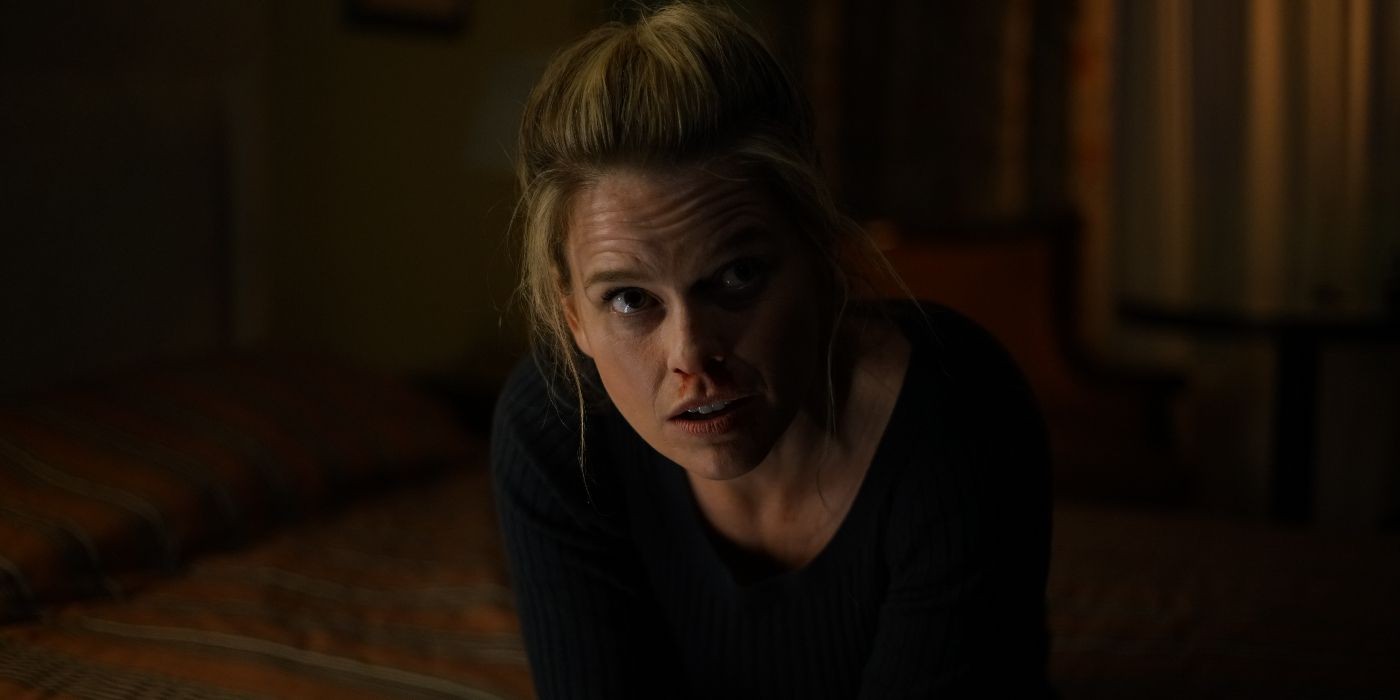


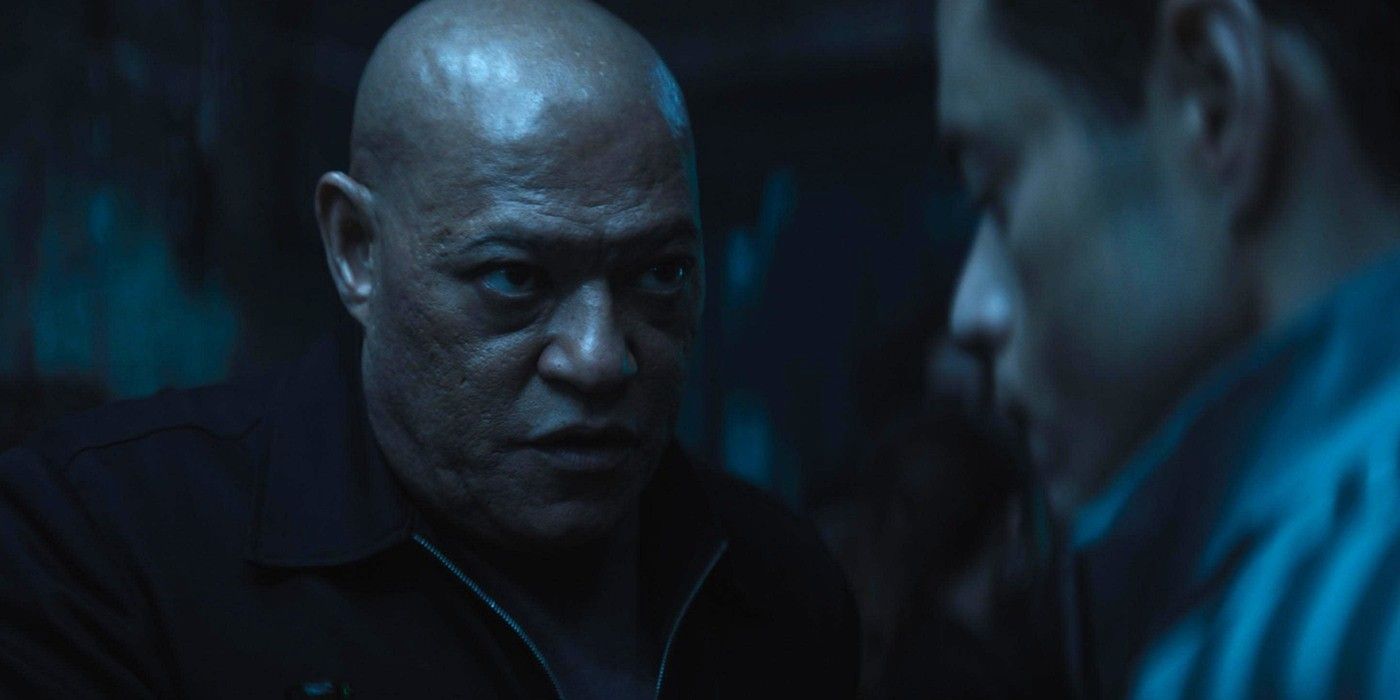



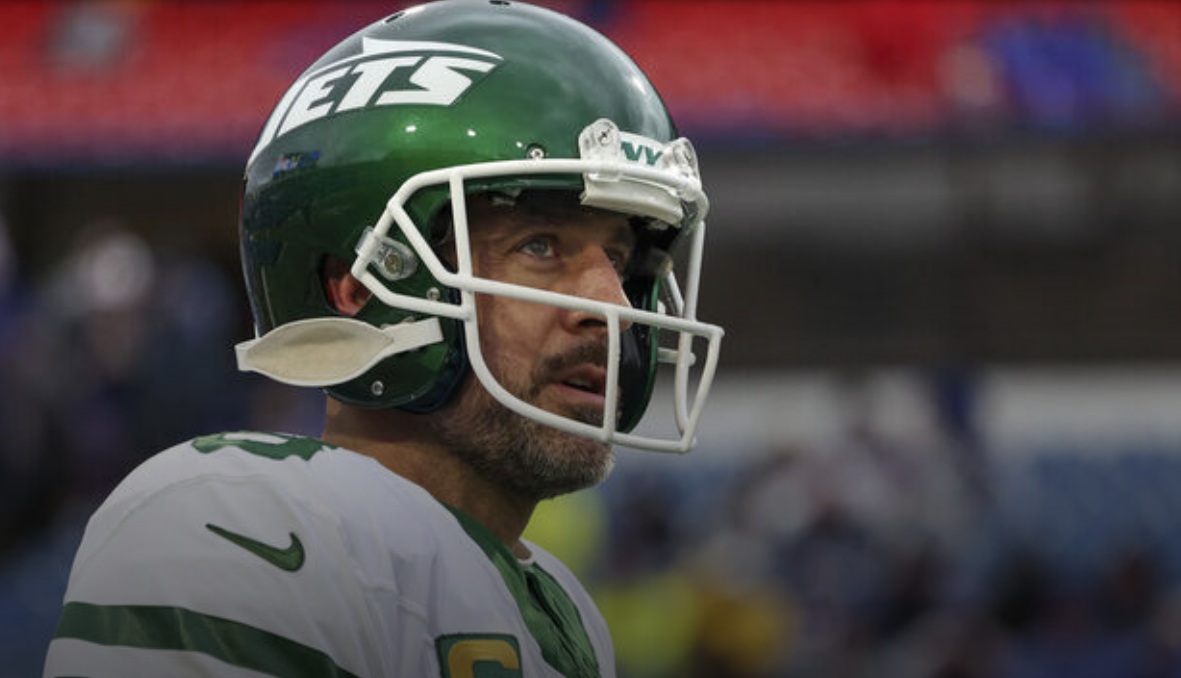
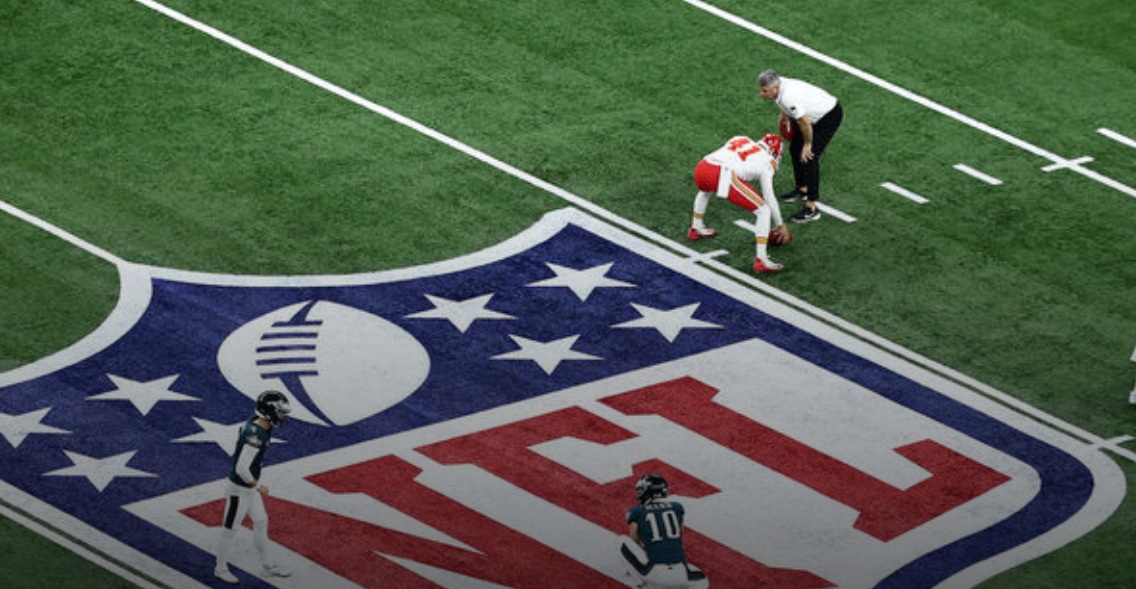


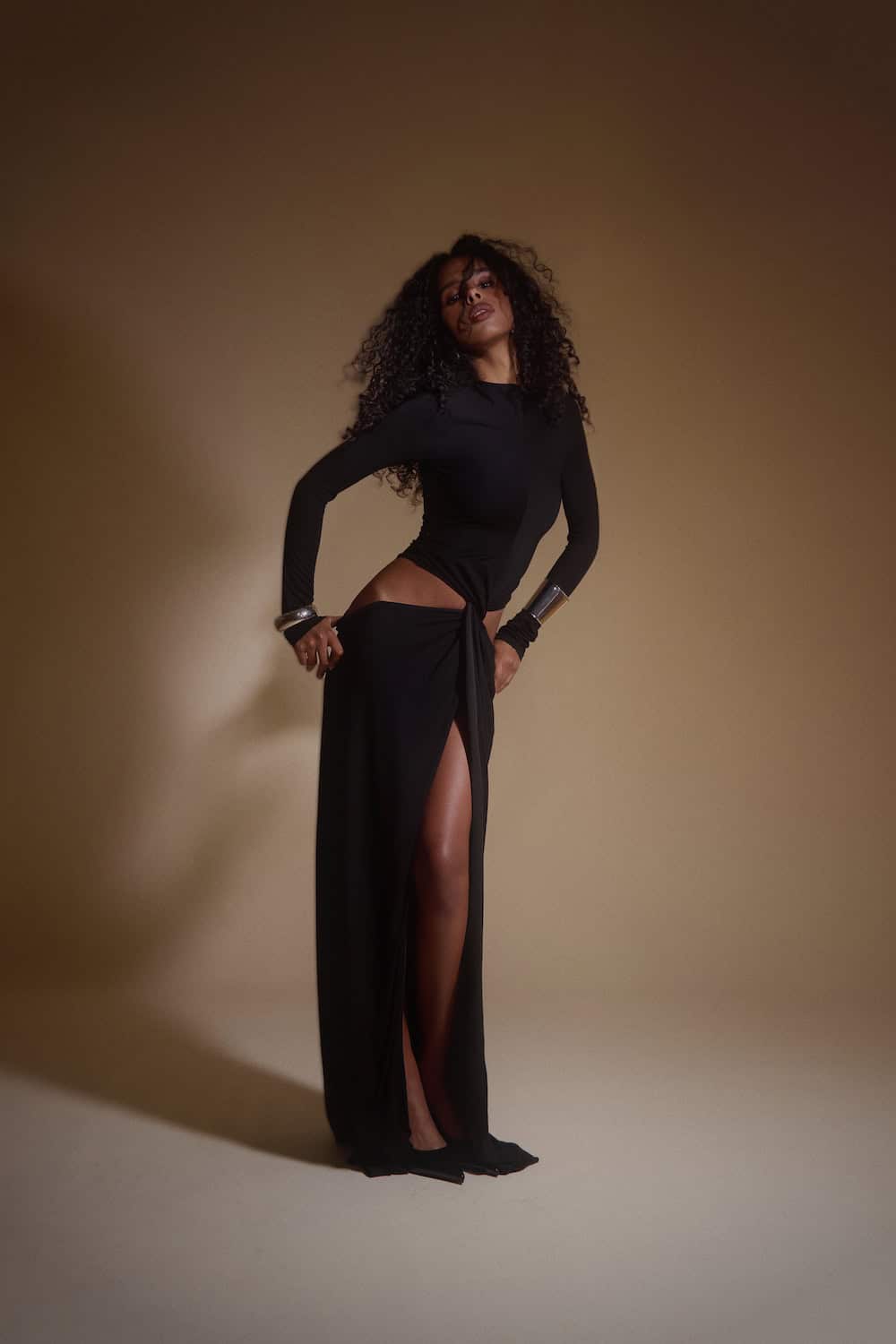
:quality(85):upscale()/2025/04/01/587/n/1922564/fe60d6be67ebe4b0bbd6f1.79749549_.png)
